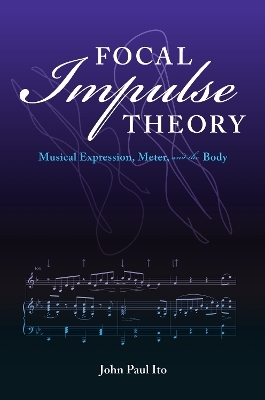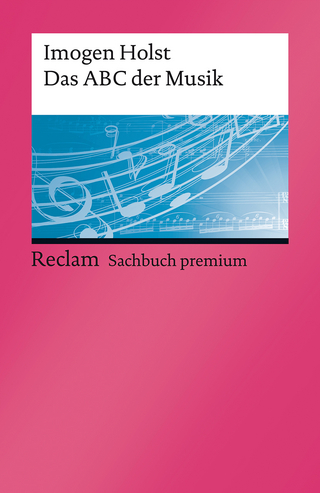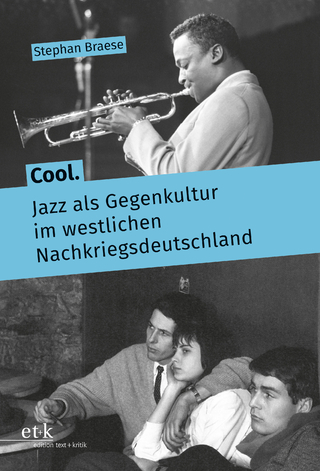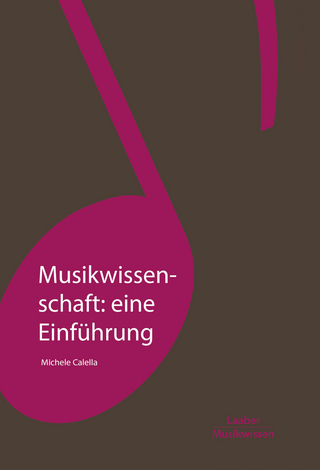
Focal Impulse Theory
Indiana University Press (Verlag)
978-0-253-04993-3 (ISBN)
To John Paul Ito, these actions are not just a visual display; rather, they reveal what it really means for musicians to move with the beat, organizing the flow of notes from beat to beat and shaping the sound produced. By developing "focal impulse theory," Ito shows how a performer's choices of how to move with the meter can transform the music's expressive contours. Change the dance of the performer's body, and you change the dance of the notes.
As Focal Impulse Theory deftly illustrates, bodily movements carry musical meaning and, in a very real sense, are meaning.
John Paul Ito is Associate Professor of Music Theory in the School of Music at Carnegie Mellon University.
Accessing Audiovisual Materials
Preface
Copyright Acknowledgments
Part I: Introduction
1. Introducing the Focal Impulse and its Theory
2. Foundations in Music Theory and Cognitive Science
Part II: Basic Focal Impulse Theory
3. The Basic Concept of the Focal Impulse
4. Focal Impulses and Meter: The Simplest Cases
5. The Sound of Focal Impulses
6. More on Focal Impulses and Meter
7. A Taxonomy of Syncopations
Part III: Expanding Focal Impulse Theory
8. Special Cases of Focal Impulse Placement
9. Anticipations and Secondary Focal Impulses
10. Inflecting Focal Impulses Downward and Upward
11. More Advanced Uses of Inflected Impulse Cycles
12. Performing Metrical Dissonance
Part IV: Connecting Focal Impulse Theory
13. Connections with Psychology
14. Connections with Other Music Scholarship
Part V: Applying Focal Impulse Theory
15. Metrical Dissonance in Brahms
16. The First Movements of the Brahms Sonatas op. 120
Conclusions: Placing Focal Impulse Theory in Larger Contexts
Glossary: Focal Impulse Symbols and Their Definitions
References
Discography
Index
| Erscheinungsdatum | 09.10.2020 |
|---|---|
| Zusatzinfo | 6 Tables, black and white; 6 Illustrations, black and white; 157 Printed music items |
| Verlagsort | Bloomington, IN |
| Sprache | englisch |
| Maße | 155 x 235 mm |
| Gewicht | 789 g |
| Themenwelt | Kunst / Musik / Theater ► Musik ► Musiktheorie / Musiklehre |
| ISBN-10 | 0-253-04993-8 / 0253049938 |
| ISBN-13 | 978-0-253-04993-3 / 9780253049933 |
| Zustand | Neuware |
| Haben Sie eine Frage zum Produkt? |
aus dem Bereich


